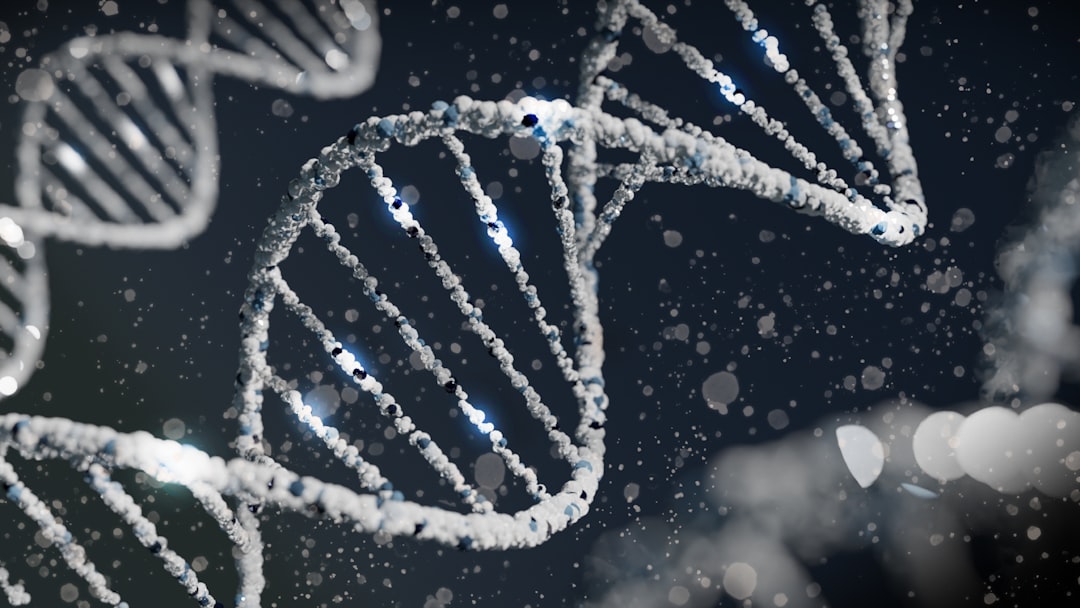What is it about?
Biological systems, like proteins, can be incorporated in water droplets of very small size, called nanodroplets. This is a new way to study the structural changes of biomolecules that lead to the loss of their biologic activity. Using computer simulations, we studied a protein surrounded by a water nanodroplet and located inside the channels of a porous silica material.
Featured Image

Photo by National Cancer Institute on Unsplash
Why is it important?
We found that the water droplet containing the protein adheres to charged defects in the channel walls. In this way, the nanodroplet is immobilized, and the protein preserves its stucture. In particular, the structure of the active site is maintained, so the protein may preserve its biologic functionalities. This findings suggests that proteins in water droplets might be stabilized and stored inside porous silica materials.
Perspectives
The incorporation of proteins in porous materials has perspective applications in medicine and ultra-fast drug delivery. Our work is important because it shows that a protein in silica mesopores can maintain its biological activity thanks to the water nanodroplet, that acts as a protective shell for the delicate protein structure.
Gloria Tabacchi
university of insubria
Read the Original
This page is a summary of: Confining a Protein-Containing Water Nanodroplet inside Silica Nanochannels, International Journal of Molecular Sciences, June 2019, MDPI AG,
DOI: 10.3390/ijms20122965.
You can read the full text:
Resources
Movie of the nanodroplet in a neutral channel
This movie shows the motion of the protein-containing nanodroplet in a neutral channel. The droplet flows through the channel, and the active site structure of the protein is maintained.
Movie of the nanodroplet in a charged channel
The movie shows the motion of the nanobiodroplet (protein in water) in a channel with charged defects. The droplet adheres to the channel walls, and the structure of the protein active site is maintained.
Contributors
The following have contributed to this page










